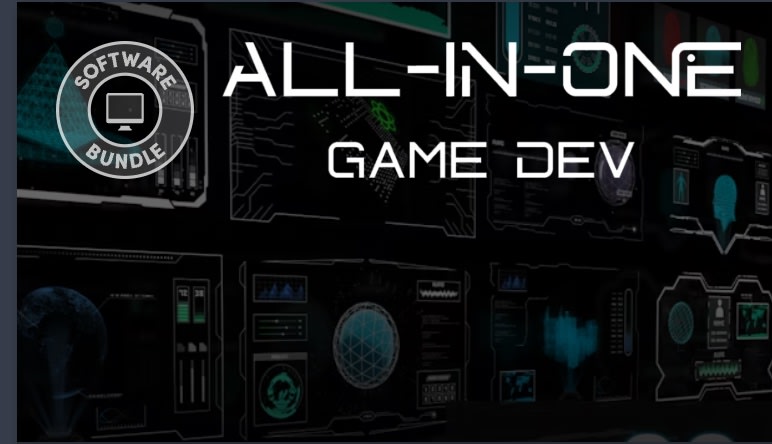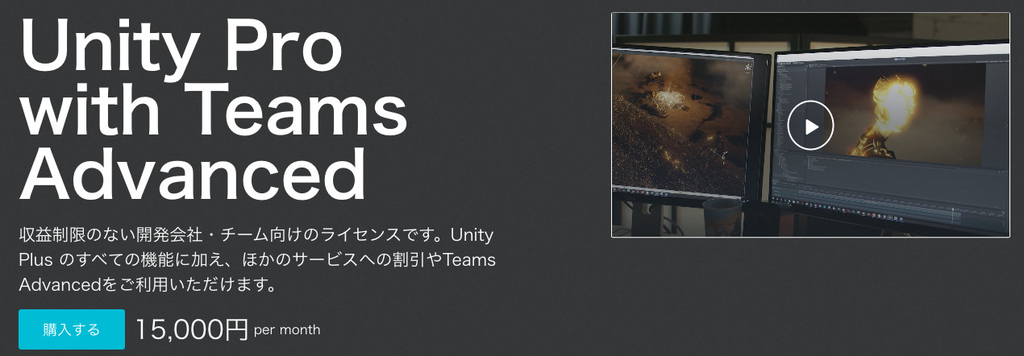
CamViewSync is a lightweight Unity Editor extension that lets you pilot any selected camera using the Scene View. Inspired by Unreal Engine's camera piloting system.CamViewSync – Camera Piloting for Unity Scene ViewCamViewSync is a lightweight Unity Editor extension that lets you pilot any selected camera using the Scene View. This gives you intuitive control over camera positioning, inspired by Unreal Engine's camera piloting system.Features- Sync a selected in-scene Camera to the Scene View camera- Real-time transform updates while you move around- Undo/redo support for camera movement- State persists between domain reloads and editor restartsHow to UseFirst select a GameObject with a `Camera` component, then there are 2 options.Option 1: Using the Toolbar Overlay (Recommended)1. Open the **Scene View** window.2. Click the CVS button on Unity Scene View's overlay toolbar to open the CVS overlay toolbar.- *Or click the **Overlay menu** (the vertical dots) button in the top-left of the Scene View tab, and enable "Camera View Sync" to open the toolbar.*3. In the opened toolbar, click the 🎥 **Start Piloting** button to begin syncing with the selected camera.4. To stop piloting, click the 🛑 **Stop Piloting** button.> The toolbar icon can also be pinned for quick access, and will reflect the current piloting state.Option 2: Using the Menu1. Go to `Tools → Camera View Sync → Start Piloting`.2. Move around in the Scene view, and the selected camera will follow.3. Use `Tools → Camera View Sync → Stop Piloting` to stop.Compatibility- Unity **6.1**- Editor-only (no runtime dependencies)- No additional input system requiredKnown Limitations- Piloting works only in the Scene View (not Game View or Play mode).- Does not support piloting multiple cameras at once.- Transform syncing only happens during editor camera movement.I used generative AI (ChatGPT by OpenAI) to assist in the development of this Unity Editor extension. Specifically, AI helped with partial code generation and designing a custom toolbar overlay UI. It was also used to improve documentation clarity and ensure consistency across the README. All outputs were manually reviewed, tested, and integrated to ensure they met Unity's quality standards.







